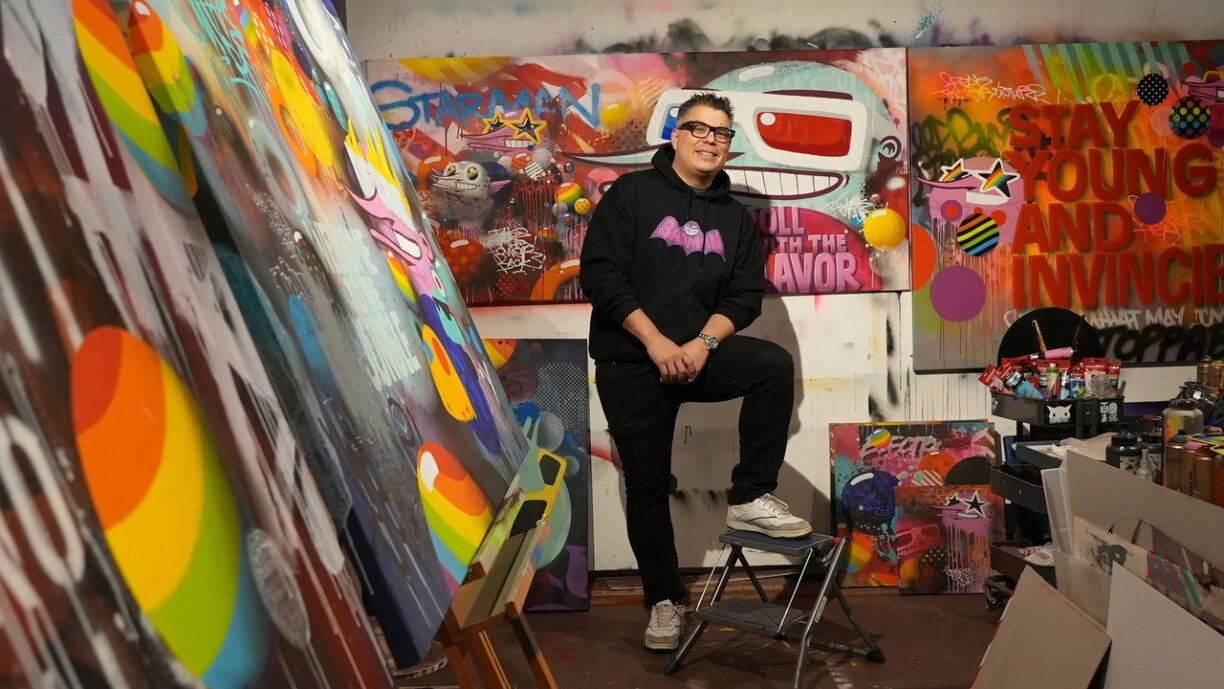
Alongside Stick and Spike, Sumo is one of the few pioneers of graffiti art in Luxembourg, at a time when nobody spoke about street art. Now also making an excursion into digital art, the RTL visited the artist at his atelier to speak about the rise of the scene in Luxembourg, Xavier Bettel’s support, and finding one’s artistic voice.
“I’ve been drawing ever since I could hold a pen,” says Sumo, whose real name ist Christian Pearson. He was inspired by MTV, the skater scene, and heavy metal album covers of the 90s.
When he was 13 years old, his talent led him to friends asking for the first “commissions": drawing flyers and posters to parties and concerts. This secured him a guest list spot to those events, leading from one project to the next.
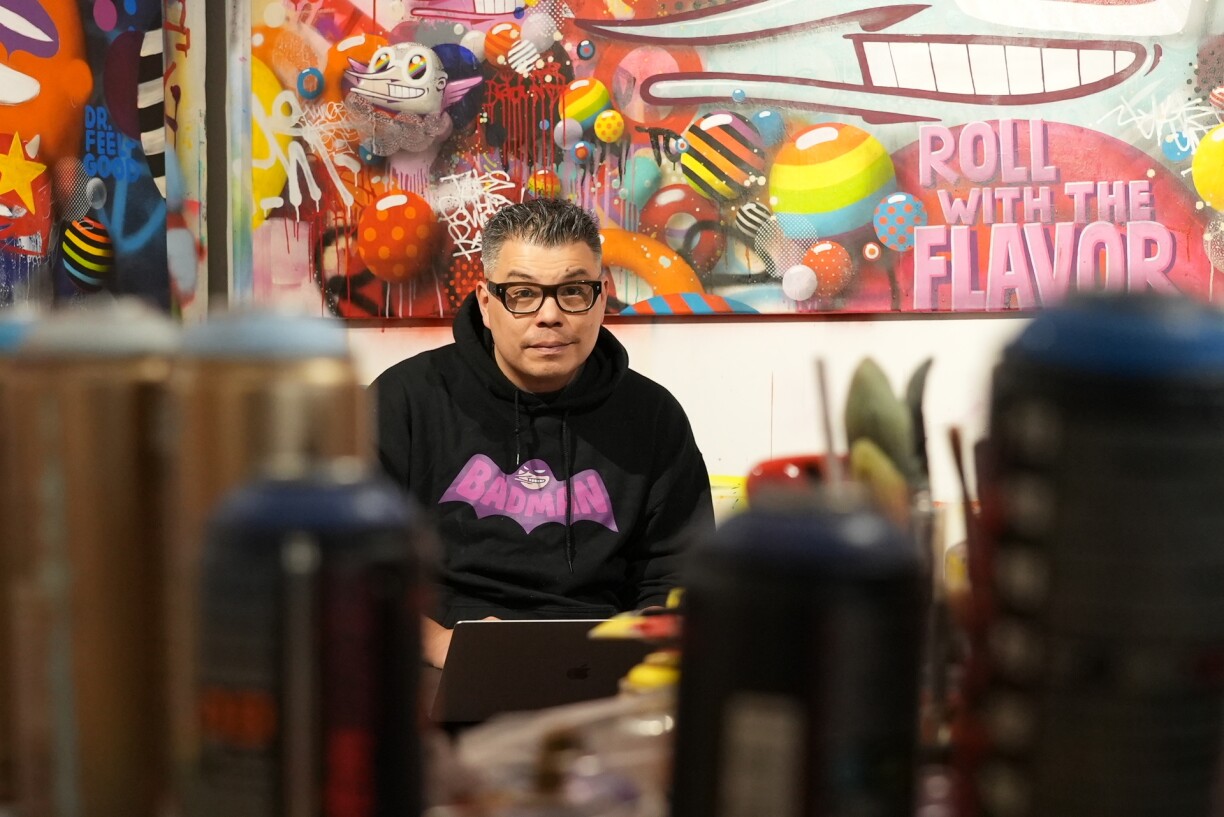
In the 90s, graffiti was something you’d see in big metropolises, not a place like Luxembourg. It was thanks to a school trip to Munich that Sumo fell in love with graffiti.
“We got on a train and whole line was covered in graffiti. I sat facing the window.” While other students visited museums, Sumo returned to the train line to take pictures of the street art. “Back then there weren’t any books or magazines about graffiti, that was something special,” he says.
It was during his time at the Lycée des Arts et Métiers that Sumo started exploring graffiti himself. “Together with two colleagues, Stick and Spike, we started to paint. That was a time when many others also tried it, and when a scene began to form in the mid-90s.”
With Spike - also a well-known Luxembourgish street art artist - Sumo developed a healthy rivalry during his school days. “Spike was my desk neighbour in the classroom. During lessons we painted in our school books and tried to outdo each other.”
This led to the pair working together and figuring out how to get graffiti on the wall in the first place. “There was no one there who could show us how to do it. It was learning by doing and it was an extremely slow process.”
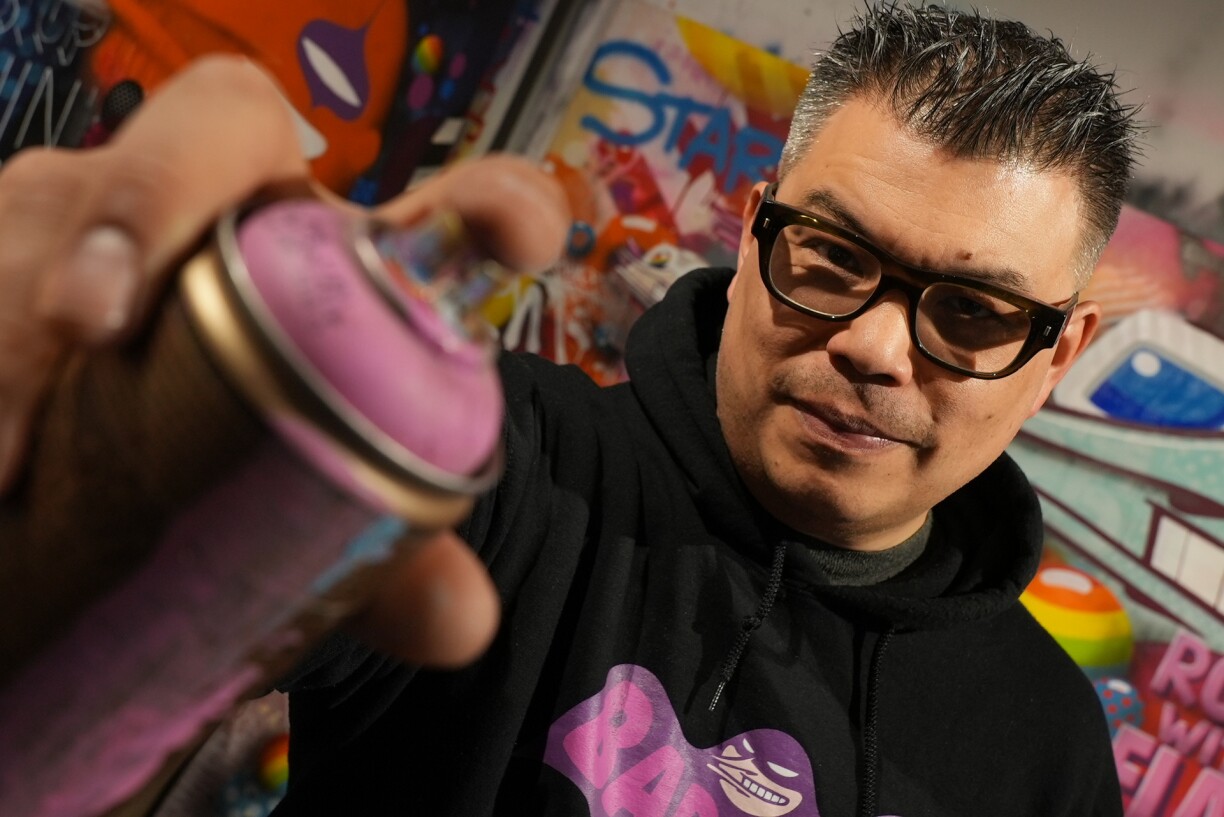
The first graffiti art was drawn with relatively little means: “There were a maximum of three colours. As a teenager, it’s really hard to go to your parents and ask for money for spray cans,” says Sumo.
Artists used car paint instead - the black colour was a tar-like substance that was used for under the car. Even Sumo’s first wall, at the station on Rue de Strasbourg was rather experimental. The paint was thin and the wall untreated. “Today we would first smooth it out and then paint on it, but we didn’t know all this back then.”
Still, that painting was a milestone for all of them. “That was the first time that a result came out that really looked like graffiti.”
Listen in: Sumo on the Lisa Burke Show
The fact that graffiti and street artists are giving a lot of space around the capital to exercise their art is something Sumo and his colleagues fought hard for in the 90s.
“When the skate park came to Hollerich we were asked to paint a wall,” Sumo recalls. But officials wanted to repaint the walls in white. Sumo thought: “Ok, if you’re going to paint everything white, we may as well cover the entire skate park in our art before you cover it up again.” Around 50 sprayers gathered in the park one weekend and painted the entire skate park. “There was no courage to cover it up in white after. That’s how we started our mini-playground.”
The graffiti scene received further unexpected assistance from then municipal politician Xavier Bettel. An article about street art was published in a newspaper for the City at the time, in which Sumo, Bettel and the police discussed graffiti and street art. “Bettel said it would be great if there would be a place where spraying could be done legally, like in the old slaughterhouse of Hollerich.”
“It was written in black and white with the signature of mayor Paul Helminger. I always had that newspaper in my car when I went there to paint. From that moment one, it was a legal place for us.”
The slaughterhouse in Hollerich is still one of the central places for the street art scene in Luxembourg. On the weekend of May 13 and 14, the 25th anniversary of Luxembourg graffiti will be celebrated there. Almost the entire site will be repainted within two days by national and international artists.
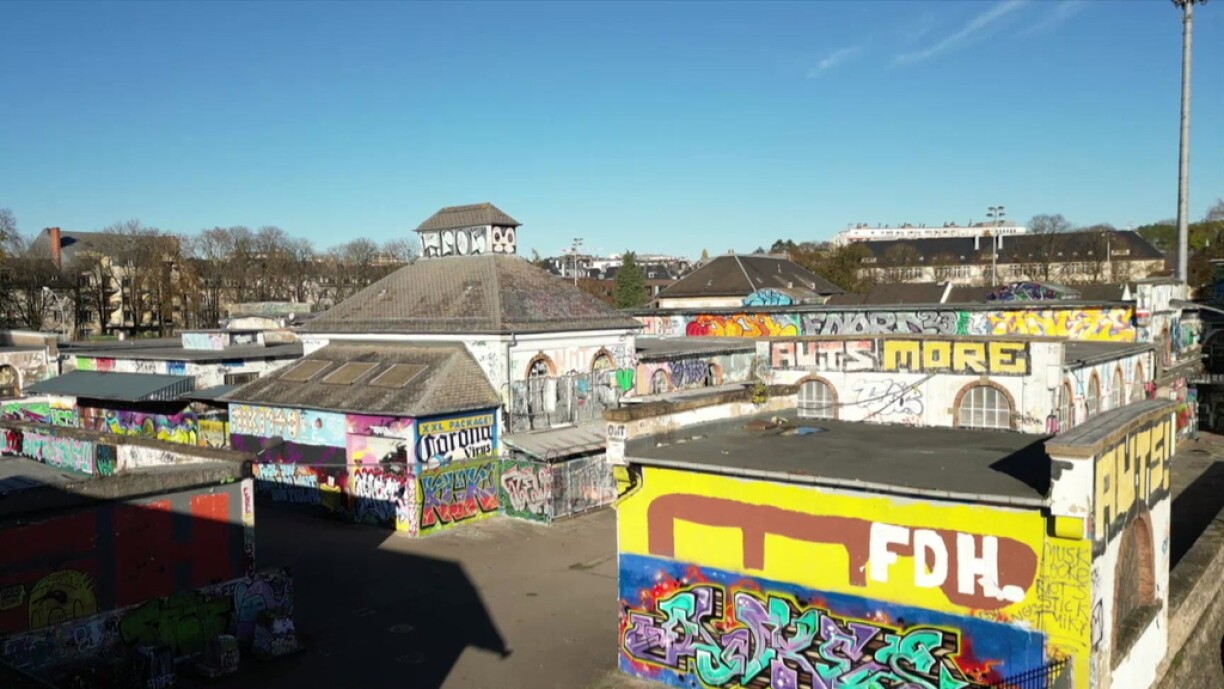
Listen in: Sumo talks about his career with Marina Lai
“We always inspired each other, but the goal was always to have your own style and that you are worthy of recognition,” says Sumo.
“I like strong and pure colours. They are inspired by the things I saw as a child: Album covers, cereal packaging, and even MTV. To me, my colours are MTV-colours.”
Through his art, Sumo wants to restore exactly that energy: “Colours and positive messages have an influence on well-being. Positivity is just as contagious as negativity and I simply want to have a positive impact on my entourage.”
In his interview with RTL, Sumo reveals that his known “Crazy Baldhead” figure was derived from a potato. It was in the 90s when he was looking for an alter ego. “He needed to be aggressive so that other sprayers don’t paint over me.” For months, Sumo made sketches, but simply couldn’t find anything. “Out of frustration, I painted a potato and gave it two eyes and a pointy nose. That’s how Crazy Baldhead came about. I stumbled upon it.”
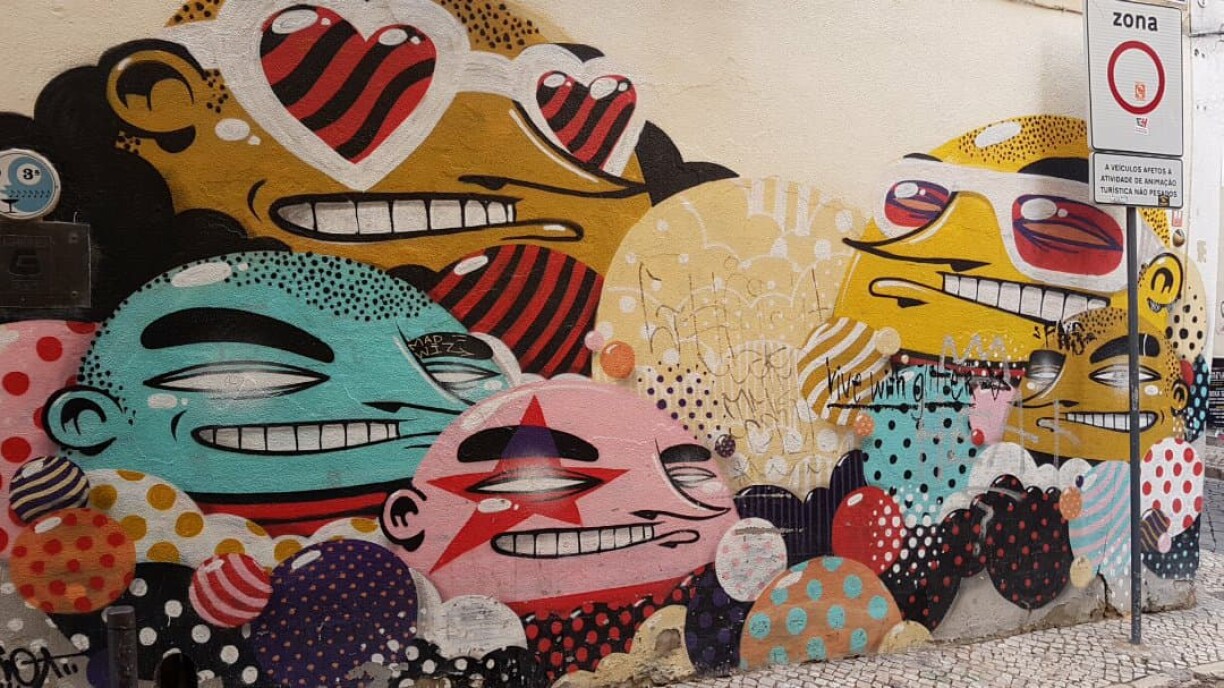
Even though Sumo’s style hasn’t changed over the year, the medium has become more diverse. “Sometime in the 2000s I wanted to move away from graffiti, because I felt like sitting on a merry-go-round with all other graffiti artists. Everyone is different, but everyone is still somehow doing the same.” He started with hand-drawn stickers, with his first exposition in 2002.
In 2012, Sumo took the step to become a full-time artist. “I thought to myself: If other people here in Luxembourg can make a living from art, then so can I.” Only later did Sumo realise most artists still have a second job to fall back on.
Since taking that leap, Sumo has collaborated with Luxair and Porsche. It’s not every day that an artist gets the opportunity to paint a complete airplane livery. “The challenge excites me. I like to get our of my comfort zone.” His background as a graphic designer is very much beneficial for such large projects.
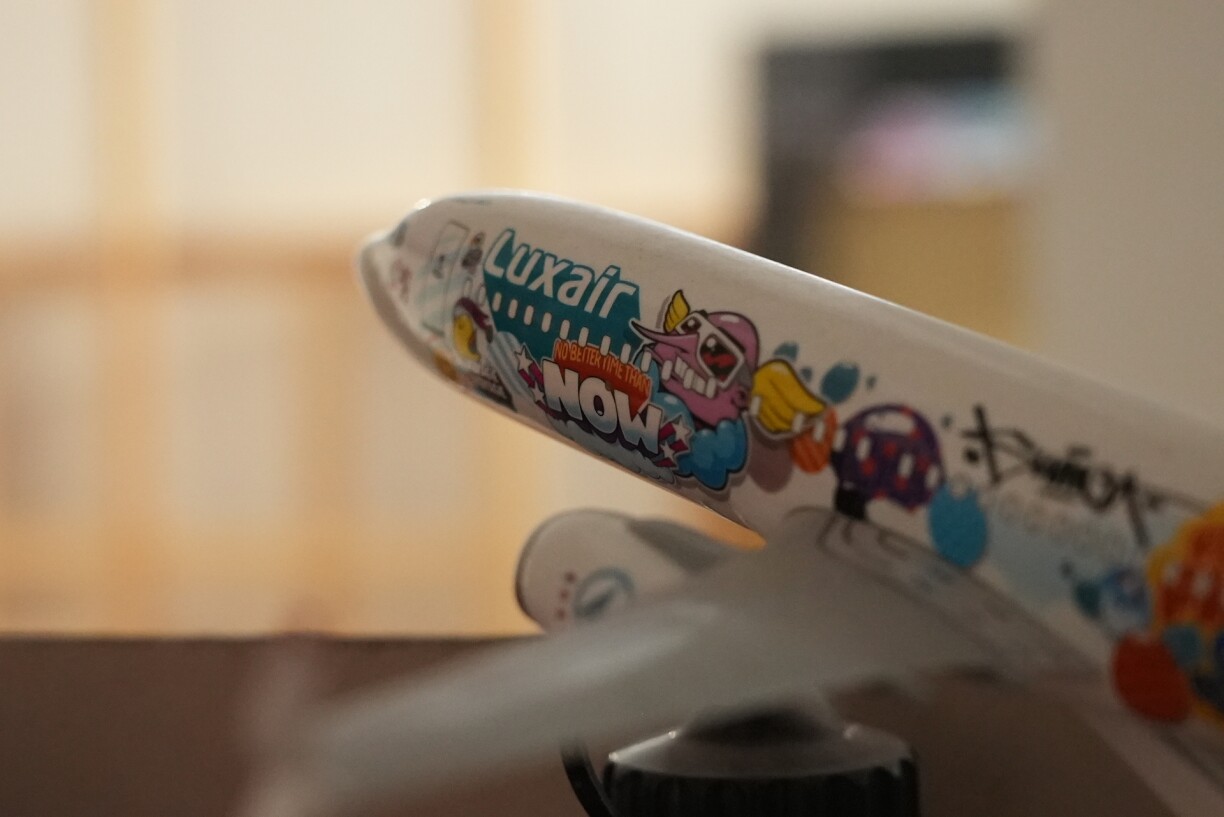
Looking ahead, Sumo is focusing on digital art. “I released a small collection of NFTs last year, but am now working on a bigger project.”
Stop drawing? No way, says Sumo - both projects run in parallel. The new collection of NFTS will be inspired by Crazy Baldheads while bringing together a digitally-savvy community that “believes in a digital future.”
Video report in Luxembourgish: